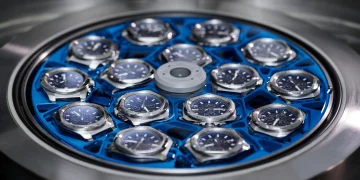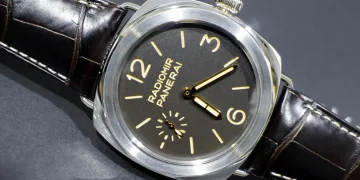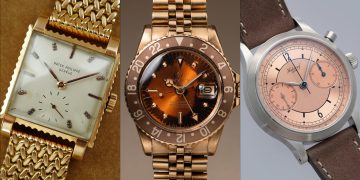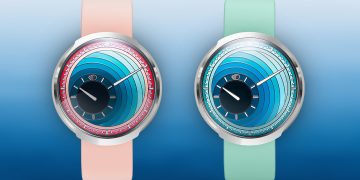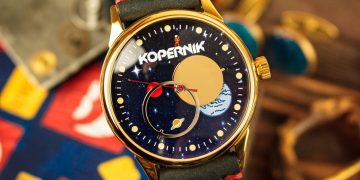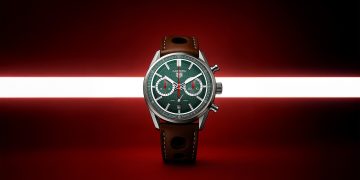Introduction:
The watchmaking industry has long been a cornerstone of craftsmanship, known for its meticulous attention to detail, exceptional skill, and time-honored traditions. Over centuries, horologists have honed their craft, building an intricate and complex world of mechanical wonders that rely on the artistry and precision of human hands. However, as we move further into the 21st century, technology has begun to reshape almost every industry—and the world of horology is no exception.
From smartwatches that track health and fitness to advanced materials that promise greater durability, new technologies are being introduced into watchmaking at an accelerating pace. While some see these advancements as a natural evolution, others argue that these modern developments could undermine the core values of traditional watchmaking craftsmanship. Will the introduction of new technology compromise the authenticity and artistry of the centuries-old craft of watchmaking? Or is this evolution simply the next logical step in the journey of horology?
In this article, we will explore whether the introduction of new technology will affect traditional watchmaking craftsmanship, examining both the potential challenges and the opportunities that arise from this integration.
1. The Essence of Traditional Watchmaking Craftsmanship
Traditional watchmaking has always been defined by artistry, precision, and manual labor. At its core, it is an intricate process that requires a deep understanding of mechanical systems and a skilled hand. From the creation of complex mechanical movements to the meticulous finishing touches like engraving, polishing, and assembly, every aspect of traditional watchmaking requires time and skill.
1.1 The Role of Human Hands in Traditional Watchmaking
In traditional watchmaking, the human touch is essential. Master watchmakers spend years perfecting their craft, often handcrafting components, assembling delicate movements, and ensuring that every part works together seamlessly. Unlike mass-production processes, which rely on machines to create uniform components, traditional watchmaking values uniqueness and personalization.
For example, Patek Philippe is renowned for its traditional methods of watchmaking, where skilled artisans hand-finish movements and dials with precision. Each piece carries the mark of a craftsman’s skill and attention to detail, making it more than just a functional item—but a work of art. This hands-on process creates watches that feel timeless and imbued with history, offering a unique connection to the past.
1.2 Craftsmanship, Precision, and Exclusivity
Traditional watchmaking also emphasizes precision. Every mechanical movement, from the balance wheel to the escapement, is designed to work flawlessly over decades, and the creation of these movements requires unparalleled technical expertise. This precise craftsmanship is also associated with exclusivity, as many luxury watches are hand-finished in limited quantities, ensuring that each timepiece is a rare and highly coveted object.
The legacy of brands like Audemars Piguet, Rolex, and Vacheron Constantin is built on this kind of meticulous craftsmanship. These companies uphold values that have been passed down for generations, and their timepieces are not just products; they are testaments to heritage and the enduring quality of traditional watchmaking.
2. The Role of New Technology in Watchmaking
The influence of technology on watchmaking has already begun to change the landscape of the industry. In recent years, new technologies have enhanced watchmaking in ways that were once thought impossible. For example, computer-aided design (CAD) programs have revolutionized the way watch components are designed, allowing for greater accuracy and faster prototyping. Additionally, modern innovations such as 3D printing and laser engraving have opened up new possibilities for creating complex parts and designs.
2.1 The Impact of Smart Technology
Perhaps the most significant development in the watch industry has been the rise of smartwatches. These devices combine traditional timekeeping with digital features, such as health monitoring, fitness tracking, and connectivity. Brands like Apple, Garmin, and Samsung have pioneered this movement, integrating technology like touchscreens, Bluetooth, and heart rate monitors into timepieces.
While smartwatches are often viewed as a departure from traditional watchmaking, they offer many advantages in terms of functionality and convenience. For example, a smartwatch can track your daily activity, monitor your sleep patterns, and even help you navigate through the city. These digital features are making watches more than just accessories—they are becoming essential tools for modern living.
2.2 Advanced Materials and Manufacturing Techniques
In addition to smart technology, new materials have also made their way into the watch industry. Ceramic, titanium, and carbon fiber are becoming increasingly popular, offering lightweight, durable, and scratch-resistant options. These materials are not only more practical but can also result in unique aesthetics and finishes that were previously difficult to achieve with traditional materials like stainless steel or gold.
Technological advancements in manufacturing processes are also reshaping the watchmaking industry. For instance, CNC machines (Computer Numerical Control) and laser cutting have allowed manufacturers to create components with higher precision and efficiency. While these technologies improve the accuracy of parts, they also raise the question of whether the machines’ involvement detracts from the artistry and craftsmanship that traditional watchmaking embodies.
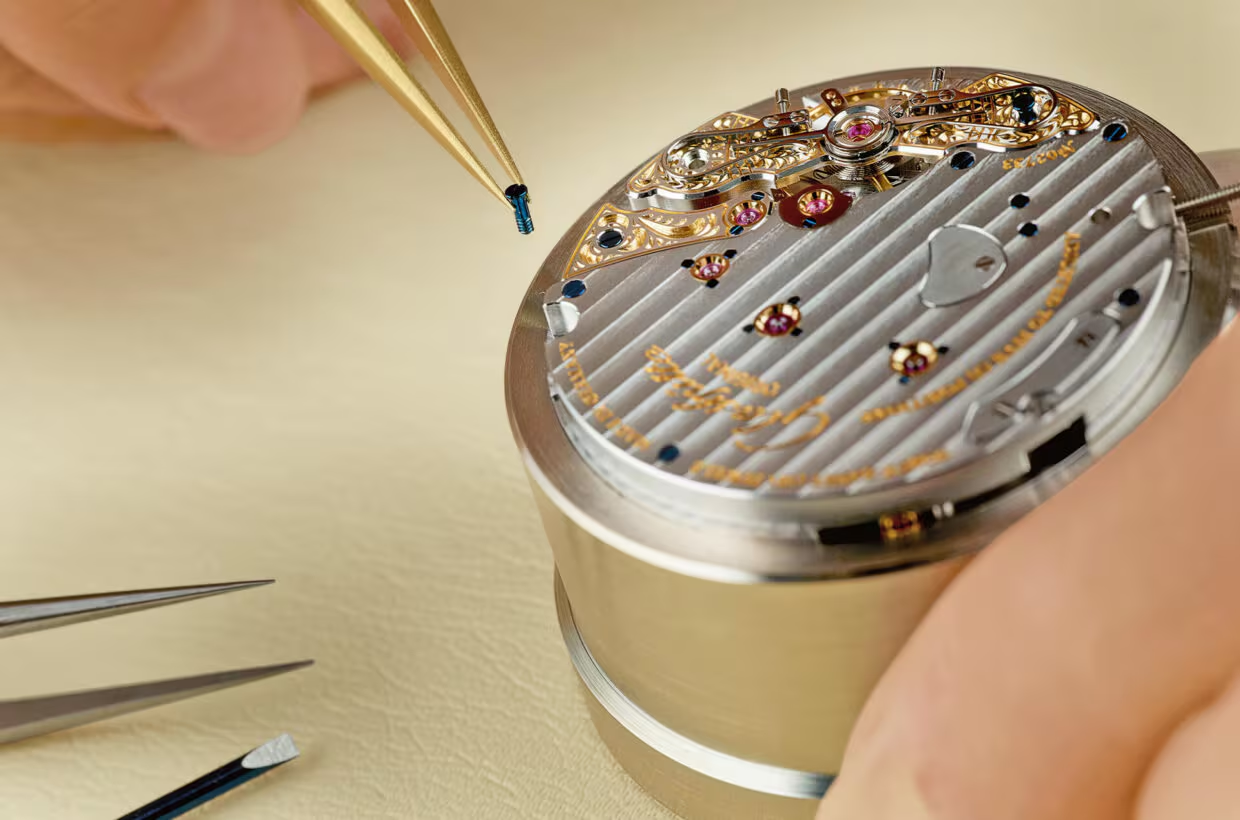
3. Will Modern Technology Compromise Traditional Craftsmanship?
The introduction of new technology into the watchmaking world has led to debates about whether these innovations could undermine the integrity of traditional craftsmanship. Some critics argue that incorporating modern tools and automated processes could dilute the artistry of watchmaking and lead to a loss of the personal touch that defines luxury timepieces.
3.1 Automation and Mass Production
One of the concerns is that increased automation could lead to mass production and less exclusivity in the industry. While traditional watchmakers focus on handcrafting each piece with care and precision, mass-production techniques could make watches feel more like commodities rather than unique works of art. The use of machines to produce movements, cases, and dials might result in watches that, while technically precise, lack the soul and craftsmanship of handmade timepieces.
3.2 Technological Dependence Over Human Skill
Some purists fear that the use of smart technology and digital interfaces in traditional watches could undermine the craftsmanship and mechanical integrity of traditional timepieces. For example, adding touchscreens or LED displays to a luxury watch may compromise the simplicity and elegance of traditional watch designs, which are often valued for their analog purity and mechanical workings. Furthermore, there is concern that consumers might become more focused on the digital features rather than the artistic craftsmanship that defines the essence of traditional watchmaking.
4. Opportunities for Synergy: Combining Tradition and Technology
Despite these concerns, there is a growing consensus that traditional craftsmanship and modern technology do not have to be mutually exclusive. In fact, many watchmakers are finding ways to merge the two worlds, creating watches that respect tradition while incorporating the benefits of modern technology.
4.1 Hybrid Watches: The Best of Both Worlds
Some luxury brands are already embracing the fusion of traditional and modern technology in what are known as hybrid watches. For example, Tag Heuer has introduced the Connected smartwatch series, which blends the brand’s heritage of mechanical craftsmanship with the functionality of digital technology. The watch combines a traditional analog design with the added benefits of smart features, creating a timepiece that offers both style and utility.
Brands like Montblanc have also ventured into the hybrid category, creating watches that offer advanced features such as fitness tracking and GPS, all while retaining the charm and craftsmanship of traditional Swiss watchmaking.
4.2 Technology as a Tool for Precision and Innovation
Rather than replacing traditional techniques, modern technology can be used as a tool to enhance precision and innovation in the watchmaking process. Computer-aided design (CAD), for example, allows watchmakers to prototype complex parts quickly and accurately, which can then be hand-finished to create the finest details. Laser engraving and 3D printing enable designers to create intricate patterns and components that would be incredibly difficult to achieve by hand, but still retain the artisan spirit through the final finishing work.
In fact, many traditional watchmakers are incorporating technology into their operations without compromising their craftsmanship. The use of advanced materials, such as silicon in movements, is an example of how technology can improve mechanical performance while maintaining the elegance of traditional timepieces. Omega has introduced the Co-Axial escapement, a revolutionary mechanical design that uses silicon components to enhance movement accuracy and reduce friction—an innovation that represents the marriage of tradition and technology.
5. Conclusion: Embracing Innovation Without Losing Tradition
In conclusion, while the introduction of new technology in watchmaking brings undeniable benefits—such as improved precision, advanced materials, and added functionalities—it need not come at the expense of traditional craftsmanship. Instead, technology should be seen as a tool to enhance the artistry and precision of traditional watchmaking, allowing it to evolve without sacrificing the values that have made it so revered.
As the watch industry continues to innovate, there will always be a place for traditional watchmaking, with its focus on human skill, craftsmanship, and heritage. At the same time, new technology offers exciting opportunities for creating timepieces that combine the best of both worlds: the timeless elegance of mechanical watchmaking and the convenience and functionality of modern innovations.
By embracing both tradition and technology, the future of watchmaking promises to be a harmonious blend of precision, artistry, and innovation, ensuring that craftsmanship remains at the heart of every timepiece—whether it’s powered by gears or chips.





